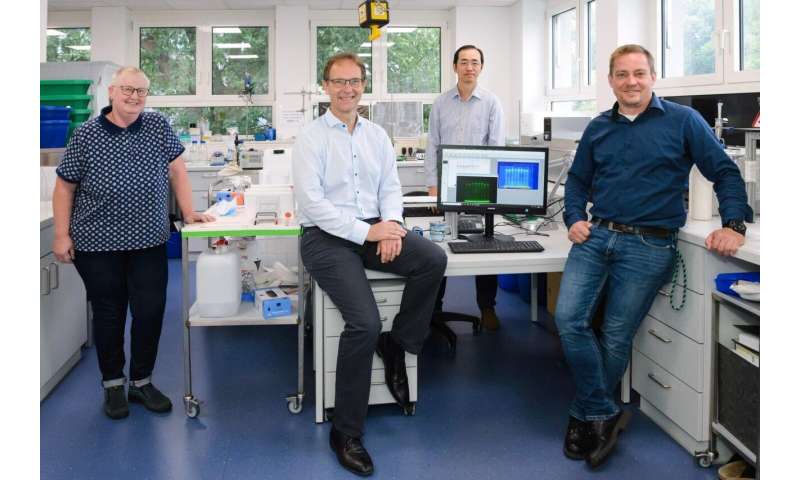
Critical illness myopathy (CIM) has taken on a new relevance as a result of the corona virus. CIM is the specialists’ term for a muscle weakness which occurs in patients being treated in intensive care for a longer period of time. In a severe case of a COVID-19 infection, for example, many patients need artificial ventilation for a long time—sometimes over several weeks. CIM subsequently occurs in up to 30 percent of these patients, and this can entail symptoms of long-term paralysis, making it more difficult to take the patient off the ventilator. A group of researchers headed by Prof. Wolfgang Linke, the Director of the Institute of Physiology II at the University of Münster’s Medical Faculty, has now found a potential method of treating CIM. The research results have been published in the latest issue of the journal Nature Communications.
As a result of its research, the team was able to describe for the first time what happens in an organism when the production of the muscle protein titin is suppressed in the skeletal muscle. Titin is the largest protein in humans and vertebrates, ensuring both stability and elasticity and functioning as a sensor for muscle power. The researchers deactivated titin in the organisms of mice and were able to demonstrate that after three to four weeks the animals’ muscle power declined markedly. These findings can now be used in CIM research. In the case of patients on ventilation, complete immobilization—sometimes lasting weeks—means that there is no longer any incentive in the muscle to produce the muscle protein and thus to enable muscles to grow; the titin spring is defective. As a consequence, the muscle tissue shrinks.
Source: Read Full Article